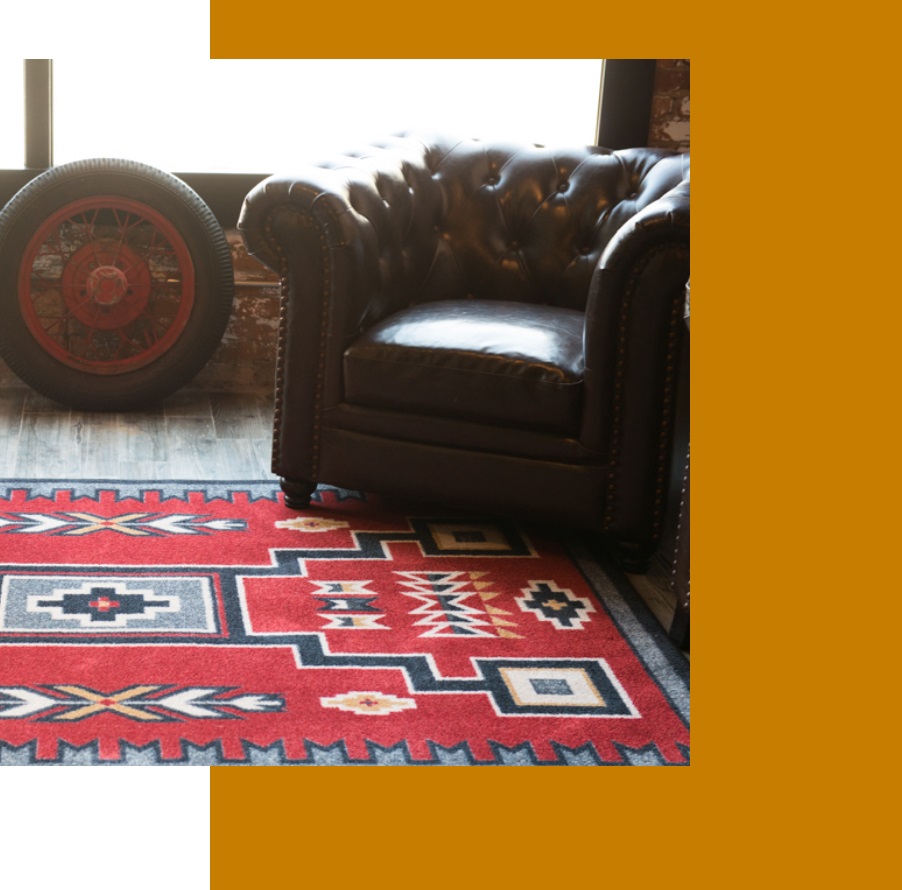
native american hall rugs
These blankets are made from wool and come in many colors and patterns. They were created for tribes throughout the West and Midwest. For the Navajo Rug Quilted Wall Pattern, you will need six 4-X-20-inch strips of dark brown fabric and four 4-inch squares made from straight grain fabric. All pattern pieces can be downloaded and cut. A Navajo chief blanket's value is only one aspect of how amazing these examples of Navajo weaving are. It's amazing to see these blankets fetch as high as half a million dollars in some circles. These textiles are typically priced between $40 and $50 as of publication. Germantown rugs are the only authentic Navajo rugs with fringe. These antique rugs are rare and have fringe that was added after the weaving process had been completed. Almost all Navajo rugs use wool threads. These are more rough in texture than linen or cotton.


